Exclusive discounts on timeless menswear styles!
How to wear "Old Money" as a Man
7/30/20254 min read
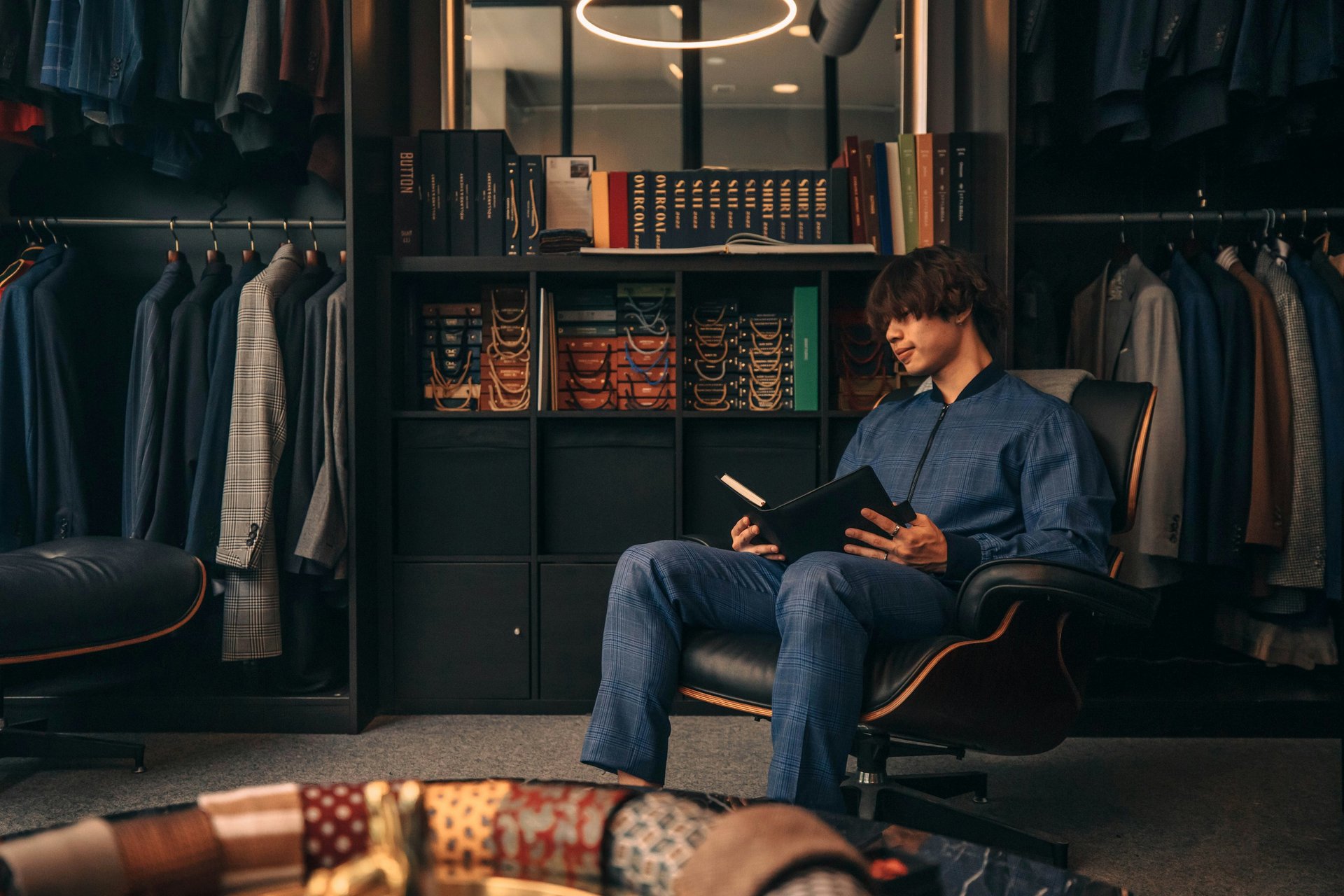
How to wear
"Old Money"
as a Man
The Way to Dress "Old Money" for Men: Quiet Elegance Made Easy
Amidst the constantly changing world of men's fashion, there is one style that has been able to endure the test of time: the old money look. Contrary to trend-based styles or flashy designer outfits, old money fashion is based on heritage, subtle luxury, and long-lasting elegance. It's not about wealth but about refinement, subtlety, and confidence.
In this guide, we'll discuss what the old money look actually is and how you can incorporate it into your closet.
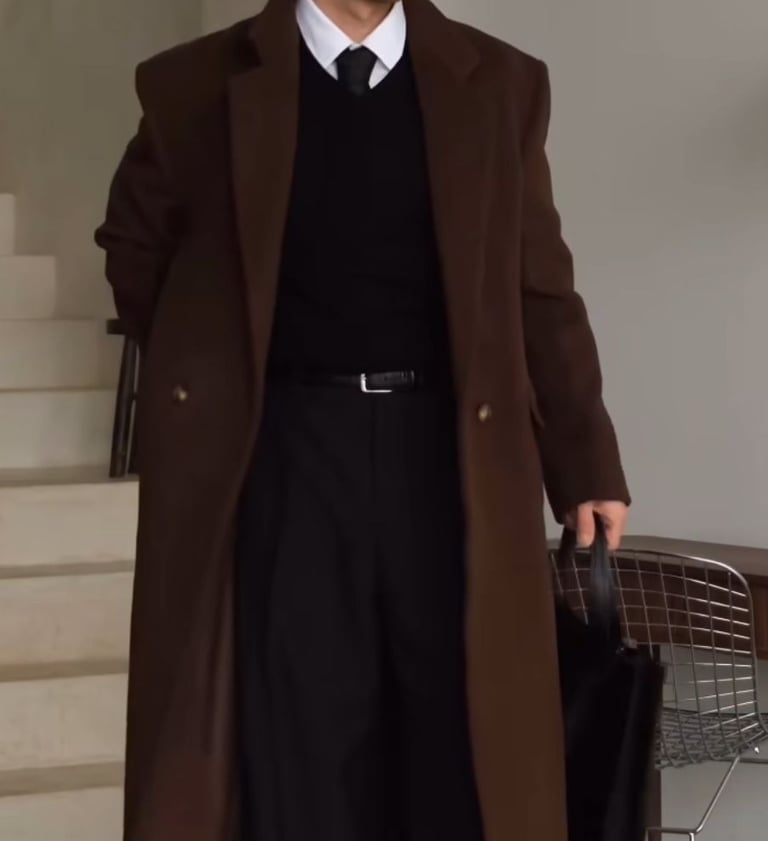

1. Understanding the "Old Money" Aesthetic
The term old money refers to those or those families with inherited fortunes—East Coast elite, European royalty, and upper-bracket Ivy Leaguers spring to mind. Their style isn't about flaunting logos or loud trends. It's about tradition, refinement, and an appreciation for quality.
The most vital aspects of the old money aesthetic are:
Classic silhouettes
High-quality materials
A muted, neutral color palette
Quiet confidence
A deep respect for tailoring and tradition
This style is shockingly different from the flashier "new money" styles think giant logos, trendy street fashion, or super-branded luxury items. Old money fashion is about being discreet, elegant, and sporting an air of always doing so with ease.
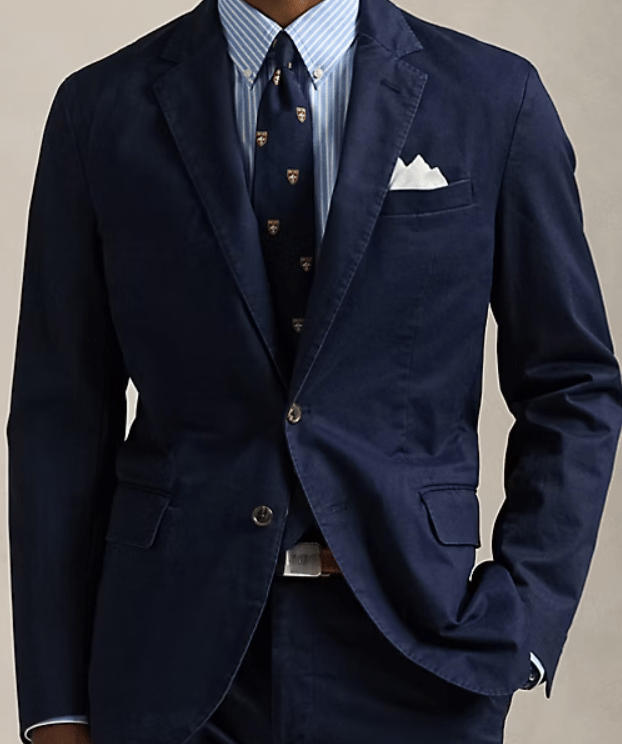

Tailored Blazers & Sport Coats
A properly fitting blazer is the cornerstone of the old money look. Wear traditional materials like wool or tweed in plain colors: navy, brown, grey, or houndstooth. Single-breasted styles with shoulder pads and notch lapels are a guarantee.
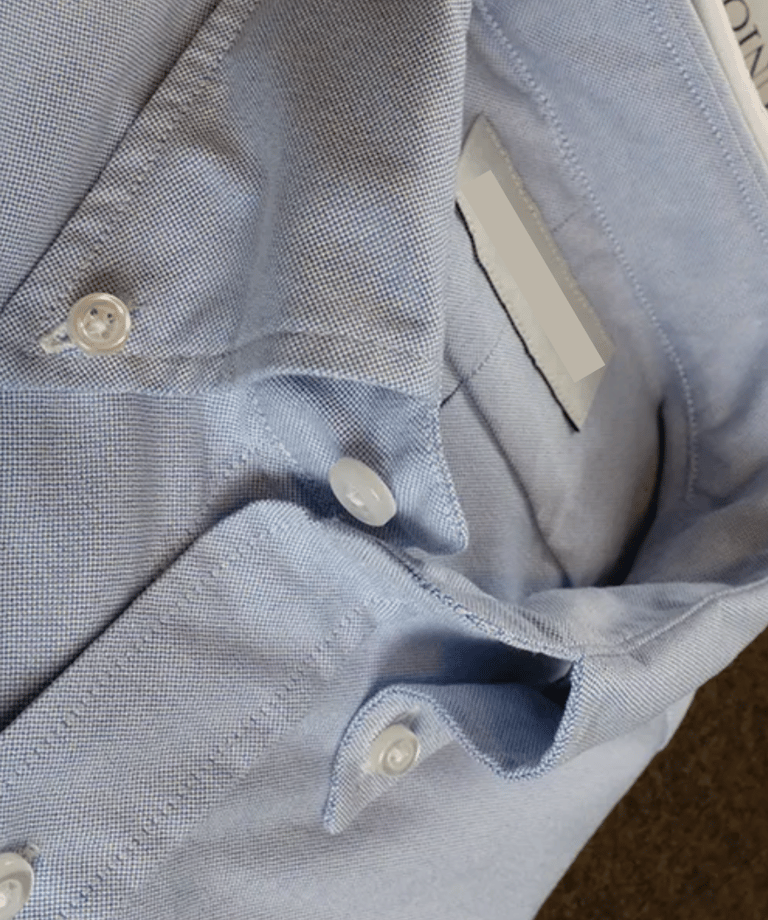

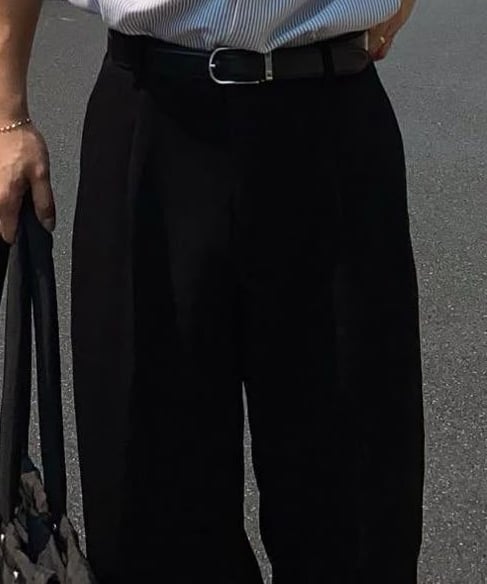

Oxford cloth button-down (OCBD) is a requirement. Light blue, white, or muted stripes are good choices. Avoid obnoxious prints or logos. The clean fit should be through the shoulders and narrowing through the waist.
Avoid thin, tight-fitting jeans or torn-up denim. Go instead for well-fitted wool or cotton trousers, and classic chinos in beige, khaki, or navy. Both pleated and flat-front are fine, just keep the fit clean and not too tight.
2. Core Wardrobe Essentials
Creating an old money wardrobe does not involve buying everything all at once. It's investing in some timeless pieces that elevate your style and can be dressed up season after season.
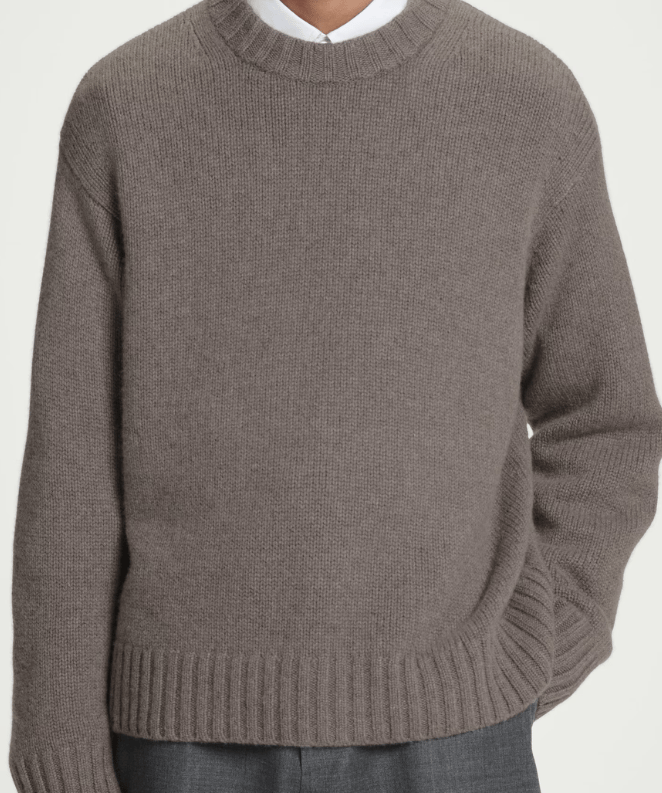

Knitwear
Cashmere or merino wool sweaters, v-neck pullovers, and cable-knit crewnecks are perfect layering pieces. Cream, grey, and camel are safe neutral colors that can be dressed up and down for any season. Layer over blouses or under coats in the chillier months for an effortless look.
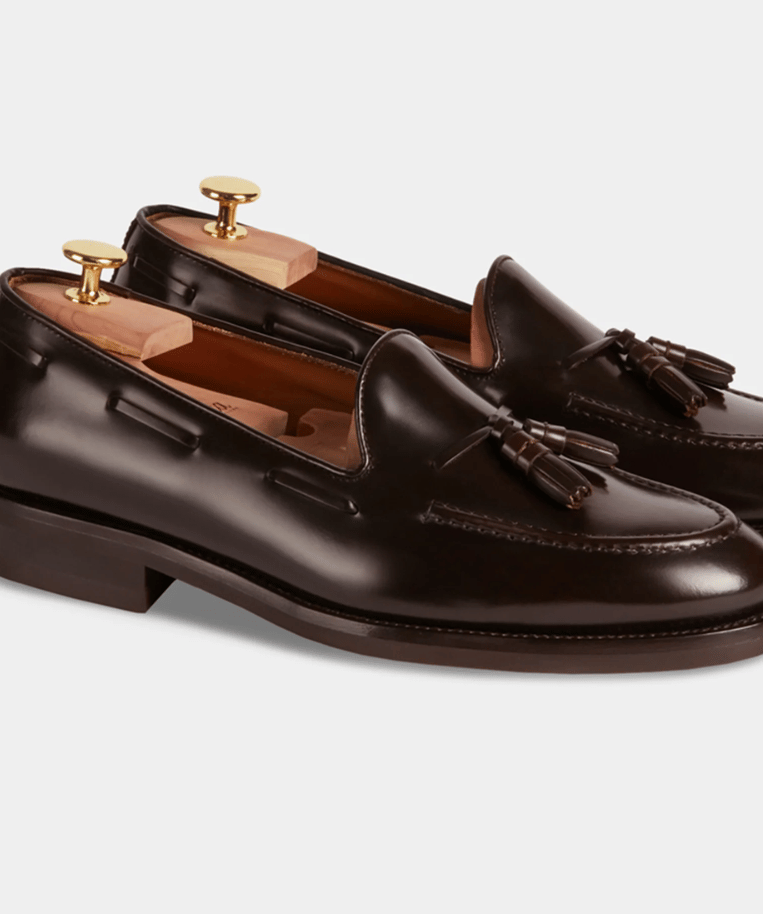

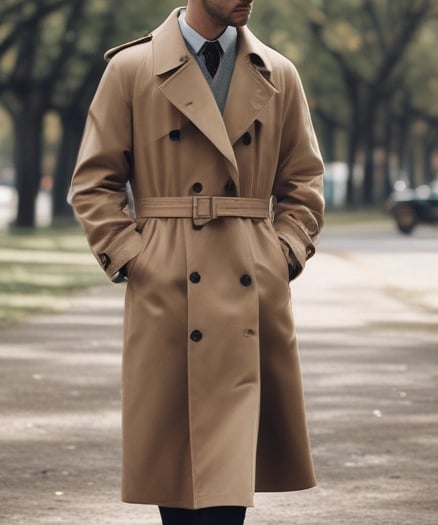

Footwear
Shoes should be classy yet understated. Opt for leather loafers (tassel or penny), brogues, suede chukka boots, or Belgian slippers. Quality is of utmost importance here invest in well-made pairs and maintain them by polishing them regularly
Outerwear
Double-breasted wool coats, navy or olive green quilted coat, or trench coat are old money necessities. They must be functional with timeless style, nothing too sporty or trendy.
3. Fabrics and Colors
Old money style doesn't boast—it whispers. That means using natural, high-quality fabrics:
Wool (worsted, flannel, tweed);
Cotton (especially Oxford and brushed cotton);
Linen (summer);
Cashmere (for high-end knits).
Color-wise, use a neutral, timeless color palette:
Beige, camel, cream, grey, navy, olive, soft blue, and white.
All of these colors not only possess an elegant look, but layering and coordination fall into place. Seasonal textures are a must: cotton and linen for summer, wool and flannel for winter.
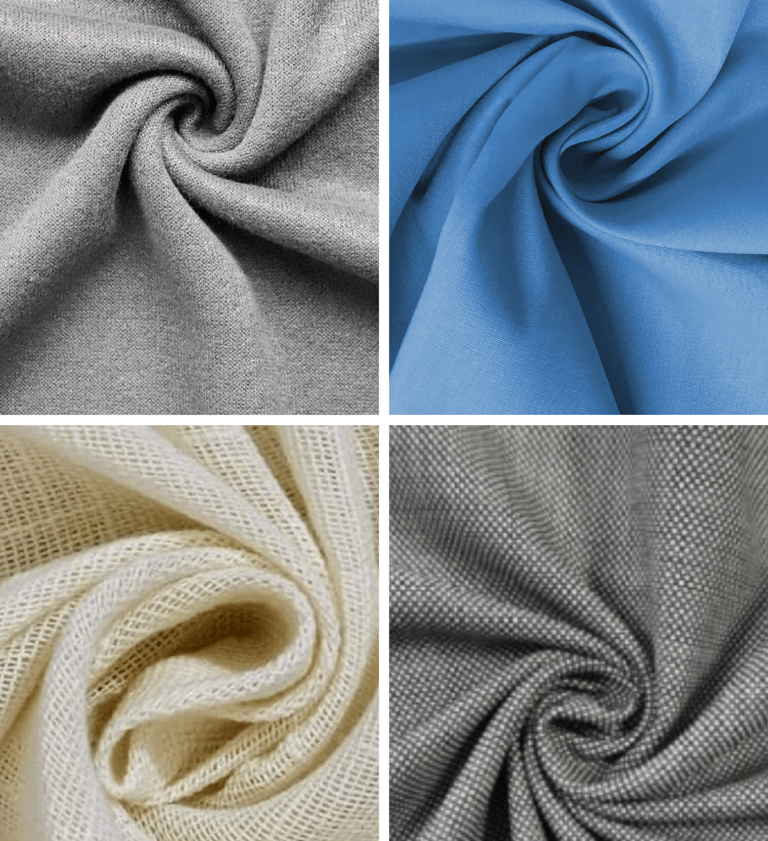

4. Accessories and Grooming
Old money fashion isn't only for attire, detail is important here.
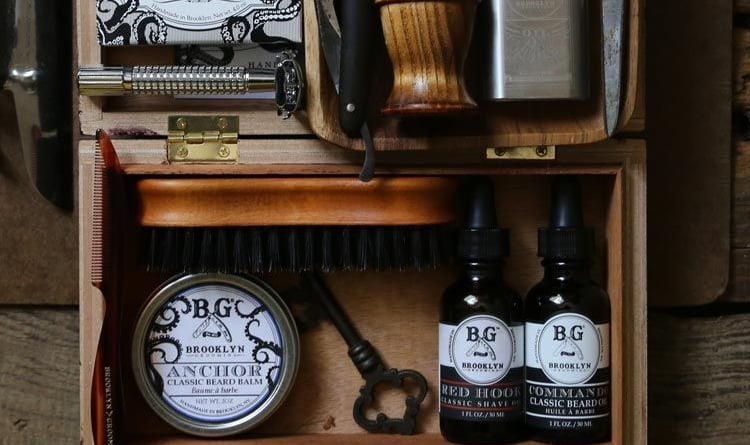

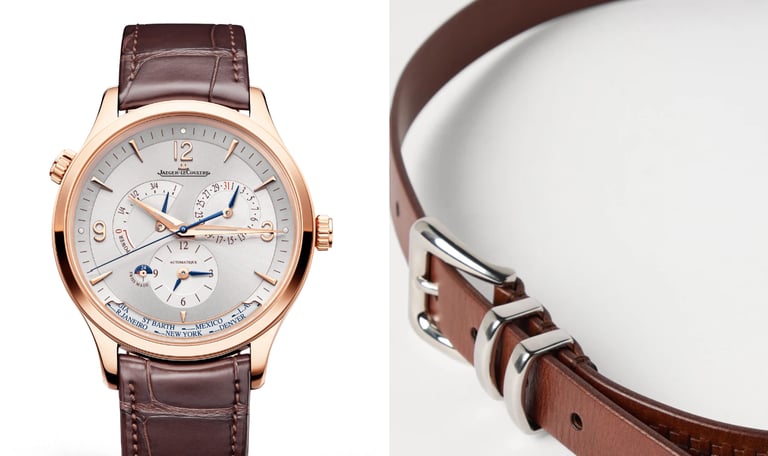

Grooming
Old money grooming is understated and relaxed appearing.
Hair must be well groomed;
Facial hair must be clean—shaved or well groomed;
Nails and skin should be clean and healthy, with little product used.
Accessories
Watches: A minimalist, under-the-radar watch with a leather band or metal strap.
Belts: Brown or black leather, with a low-key buckle.
Pocket squares: For subtle flair, in cotton or silk, but nothing garish.
Eyewear: Tortoiseshell or plain wire-frame glasses. No oversized or fashion-forward shapes.
Logos, visible branding, and designer monograms are out of place here. Subtlety is key.
Conclusion
The old money aesthetic is more about attire; it's intention, restraint, and timeless charm. Instead of running after trends, you invest in quality, simplicity, and what's always fashionable.
Whether you're starting from scratch to build your wardrobe or making adjustments, do it gradually. Start with one great blazer or a pair of well-made loafers. Next, have every item be a brick for a personal style that's elegant, timeless, and quietly confident.
The key: real elegance never screams, it whispers, but is always heard.
Elegance
Timeless fashion for the discerning gentleman.
© 2025. All rights reserved.
Disclosure: This page contains affiliate links. If you click through and make a purchase, I may earn a small commission at no extra cost to you.